
Birds of the Causses and Gorges
13 points of interest
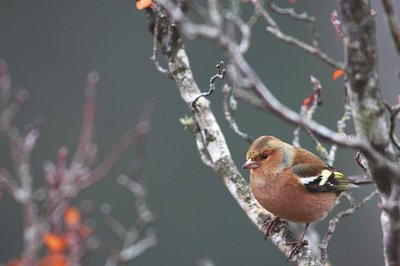
Pinson des arbres - © Régis Descamps  Fauna
FaunaCommon chaffinch (Fringilla coelebs)
The cheerful idler. When it is not dashing about on the ground looking for insects and seeds, it flutters, displaying white stripes on its wings and tail. You often hear it make a short and clear “pink pink”, but it also sings short, well-rounded notes.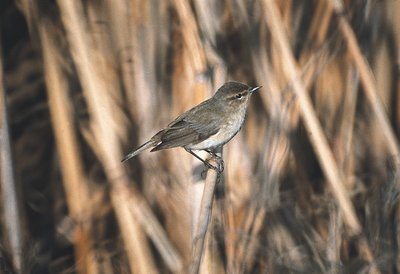
Pouillot véloce - © Jean-Pierre Malafosse  Fauna
FaunaCommon chiffchaff (Phylloscopus collybita)
The money-changer. Its nickname comes from its song consisting of three metallic notes. At feeding time, this volatile stirrer makes a series of short outings, with a fondness for stationary flight. It won’t shy away from swallowing insects just above the surface of the water either.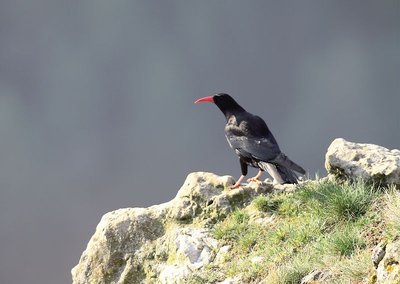
Crave à bec rouge - © Régis Descamps  Fauna
FaunaRed-billed chough (Pyrrhocorax pyrrhocorax)
The charming crow. This dandy in its black dinner jacket stands out due to its curious curved red bill and its proud and noble look. Slipping gracefully in between cliffs using its primary flight feathers, it seems to wear gloves at the tips of its wings.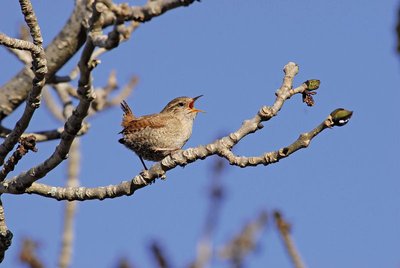
Troglodyte mignon - © Ph. Lucas  Fauna
FaunaEurasian wren (Troglodytes troglodytes)
The little chubby one. Despite being a featherweight, it is respected for its piercing call. It often starts songs in flight and continues after landing. To feed, this resourceful little bird moves through thickets, rummaging like a mouse.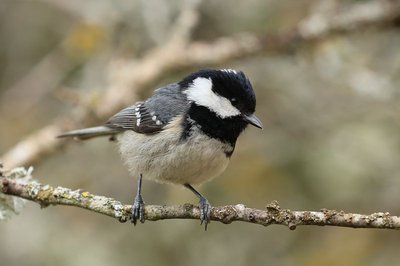
Mésange noire - © Bruno Descaves  Fauna
FaunaBlack tit (Periparus ater)
The tit without a tie. Within the tit family, it is difficult to distinguish from the great tit. Though it has neither vivid colours nor a “tie”, its loud fluted call makes it as cheerful as the rest of its family.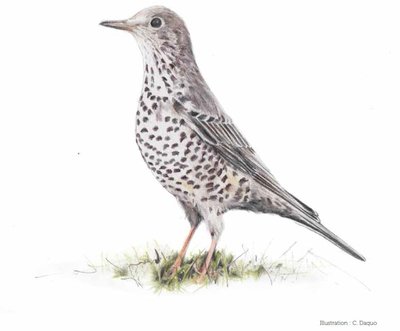
Grive draine - © Chantal Daquo  Fauna
FaunaMistle thrush (Turdus viscivorus)
The ferocious diva. Worried about ending up on some food lover’s plate, it flees at the slightest noise on its wave-shaped flight. Like its cousin, the common blackbird, it has a high-pitched melodious song that gives way to a much harder chattering noise when alarmed.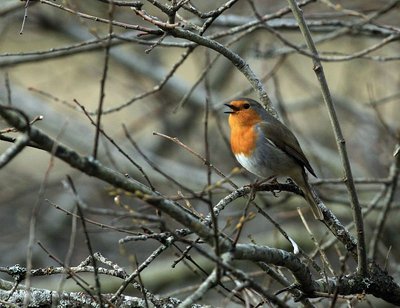
Rouge gorge - © Regis Descamps  Fauna
FaunaRed throat (Erithacus rubecula)
The quarrelsome king. With its head tucked into its reddish orange bib and its tail bobbing up and down, it is very easy to spot. Careful! When it fluffs up its feathers and lowers its wings, a fight is about to start.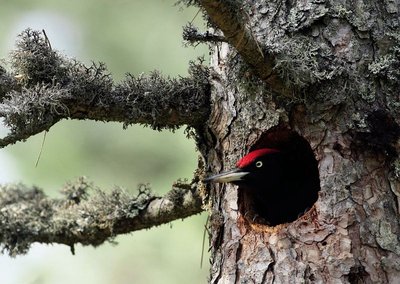
Pic noir - © Régis Descamps  Fauna
FaunaBlack woodpecker (Dryocopus martius)
The drumming carpenter. Armed with its powerful beak, it digs holes to peck insects hidden in tunnels in wood (in the process also drinking the sap that oozes out). It uses the same tool to dig out its nest but it gives itself at least a week for such a job.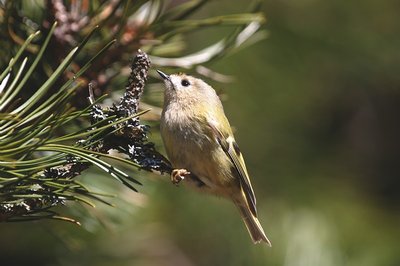
Roitelet huppé - © Bruno Descaves  Fauna
FaunaGoldcrest ( Regulus regulus)
Small but tough! Tiny, and with a song so high-pitched that it is barely audible, this is a discreet bird. However, it is a good insect hunter, capable of eating its own body weight every day – a diet that helps it confront the rigours of winter.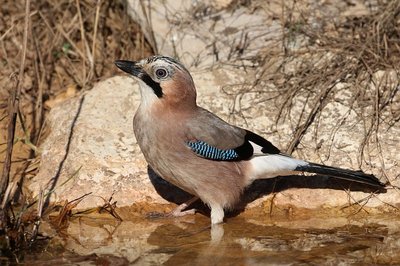
Geai des chênes - © Bruno Descaves  Fauna
FaunaOak Jay (Garrulus glandarius)
The colourful sentinel. Its raucous call alerts the whole thicket in times of danger. But it can also imitate the songs of other birds. Its russet coat with its blue piping and its Mexican moustache are certainly exotic. It gathers and hides acorns but does not always find them again at snack time !
Fauvette à tête noire - © Bruno Descaves  Fauna
FaunaEurasian blackcap (Sylvia atricapilla)
The fruit gobbler. A black cap for him, a brown bonnet for her. It often moves about in boxwood trees looking for insects. But most of all it is crazy about ivy berries and mistletoe berries, which it swallows whole, thus helping to spread the seeds.
Rougequeue noir - © Chantal Daquo  Fauna
FaunaBlack redstart (Phoenicurus ochruros)
A hyperactive on its perch. With its long pointed wings, it flutters very rapidly, swallowing insects in the process. It has difficulty hiding its agitation as it perches in well-exposed places, rapidly flexing its legs and moving its tail as if it has the hiccups.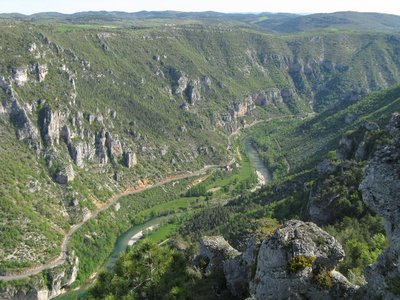
Panorama du Roc des Hourtous - © Marie-Amélie Péan  History
HistoryHourtous
"Hourtous means 'small gardens' In Occitan. This cliff promontory is a private and designed space, and displays the Occitan cross. Let your eyes be drawn down the 400 m plunge to the narrows and then westwards to the Cirque des Baumes topped by the Sublime Point. At mid-slope you can make out the profile of the Woman with a Parasol and her Court, famous dolomite rock formations.” (M.P Leroy-Delmer)
Description
- Departure : Belvedere du Roc des Hourtous
- Arrival : Belvedere du Roc des Hourtous
- Towns crossed : La Malène
Forecast
Altimetric profile
Recommandations
Information desks
Tourism office Cévennes Gorges du Tarn, La Malène
Village, 48210 La Malène
This office is part of the National Park's associated tourist-information network, whose mission is to provide information on, and raise awareness of, the sites and events as well as the rules that must be observed in the National Park's central zone.
Tourism'house and national Parc at Florac
Place de l'ancienne gare, N106, 48400 Florac-trois-rivières
This office is part of the National Park's associated tourist-information network, whose mission is to provide information on, and raise awareness of, the sites and events as well as the rules that must be observed in the National Park's central zone.
On site: exhibitions, video projections, events and shop Open year-round
Access and parking
Parking :
Calculateur d'itinéraire Lio
Utilisez le calculateur liO pour organiser votre trajet en région Occitanie.
Autres régions
Calculez votre itinéraire en Auvergne Rhône Alpes sur Oùra
Source

Report a problem or an error
If you have found an error on this page or if you have noticed any problems during your hike, please report them to us here:


